Astronomy
> Filters
> Pass Filters
> Astronomik
> ProPlanet 742
> Astronomik Filters ProPlanet 742 T2 IR bandpass filter
Customer reviews
There are no customer reviews for this product yet.Compose your own review
Do you have specific questions about your order or products? Please contact our customer service!
Customers who bought this product also bought...
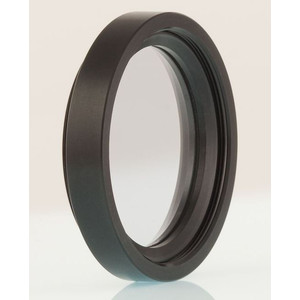
$ 136.00
Astronomik Filters Luminanz L-2 T2 UV-IR blocking filter
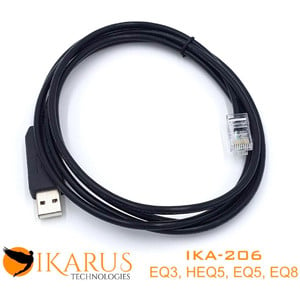
$ 39.90
Ikarus Technologies USB connection cable for Mounts (EQDir HEQ5,EQ3,EQ8,EQ5)

$ 64.00
Losmandy Universal Vixen style dovetail plate 4"
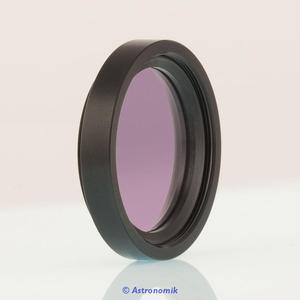
$ 204.00
Astronomik Filters UHC T2
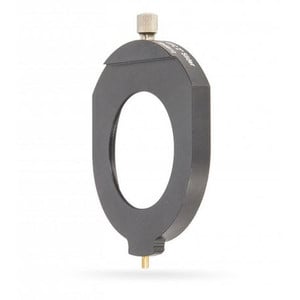
$ 52.00
Baader UFC 2" filter drawer
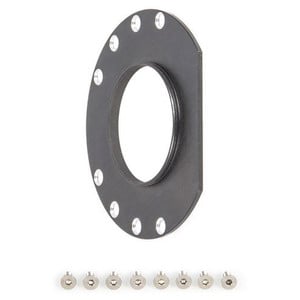
$ 34.90
Baader UFC M48 camera adapter
